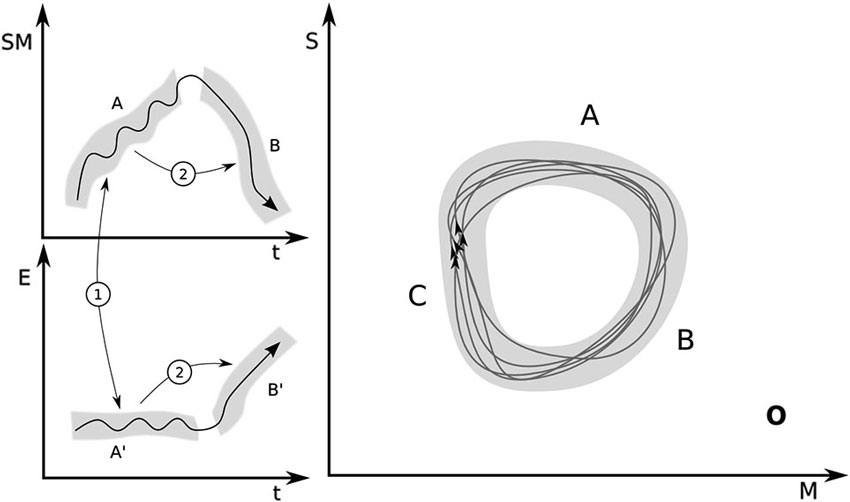My latest paper has just been published by Frontiers in Computational Neuroscience and can be accessed free of charge here. It concerns the question of whether we need internal models (simulations) in order to control our movements, or whether our body and the lower-level neural circuits innervating it provide some control “for free”.
From the abstract:
The dynamic interaction of limb segments during movements that involve multiple joints creates torques in one joint due to motion about another. Evidence shows that such interaction torques are taken into account during the planning or control of movement in humans. Two alternative hypotheses …

